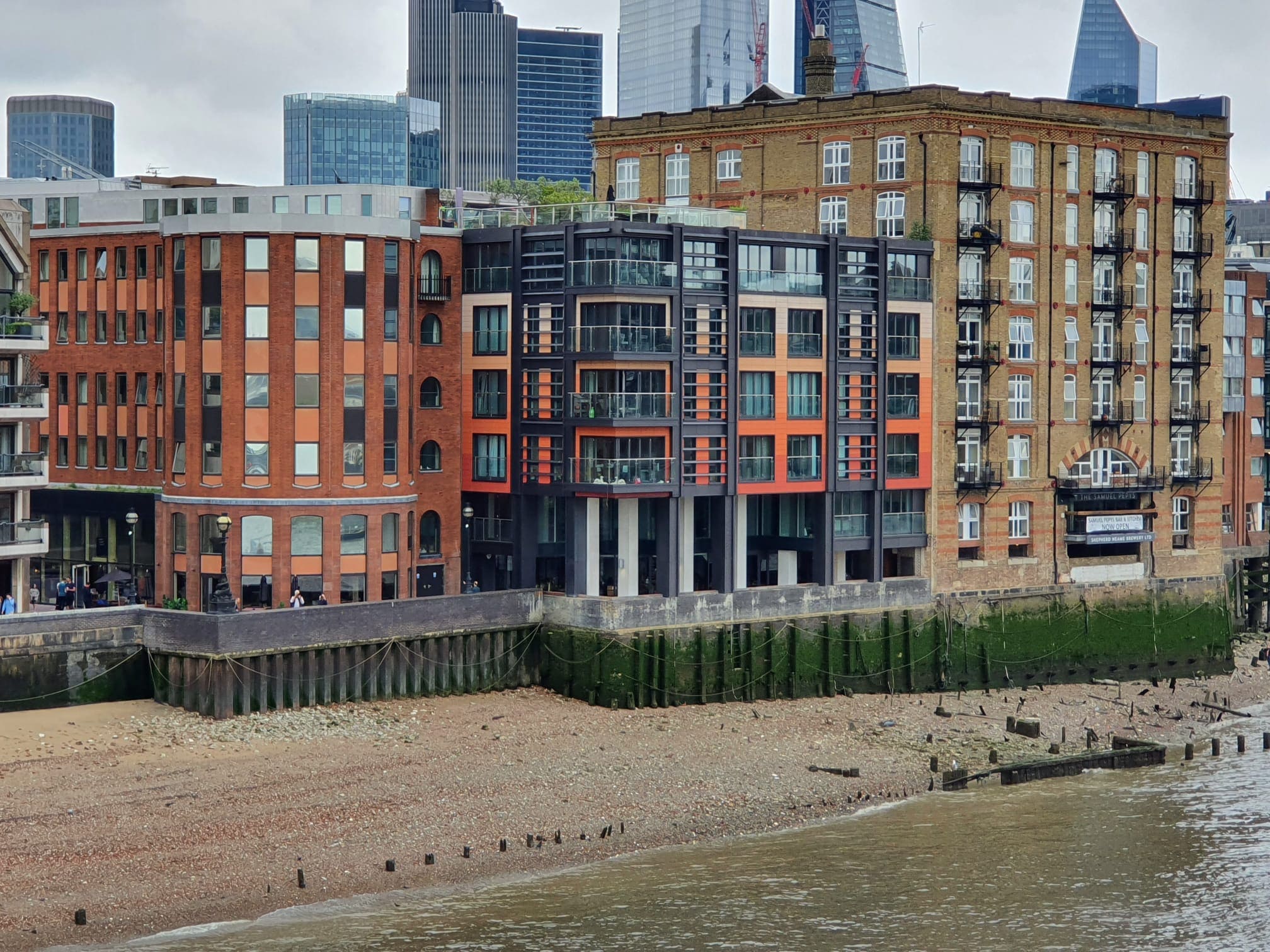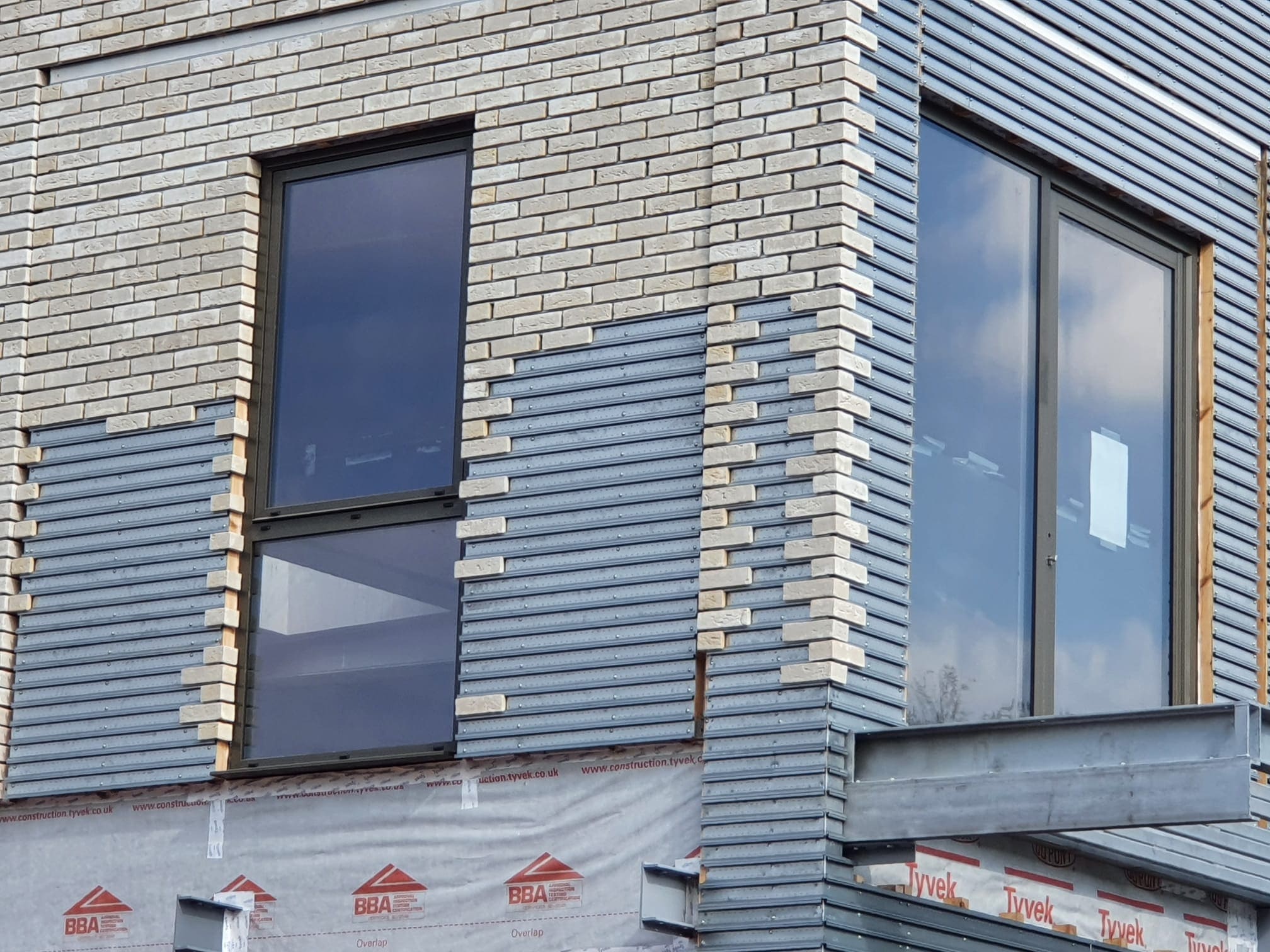The surveyor’s role in analysing tender returns
A Surveyor when analysing tenders for a major works project should be examining the tenders received in accordance with Alternative 1 of the Code of Procedure for single stage Selective Tendering 1996, published by the National Joint Consultative Committee of Architects, Quantity Surveyors and Builders.
The Surveyor will therefore examine the tenders received for the following aspects:
Qualifications
Qualifications are where a contractor has not provided an “unqualified” price for an item but has instead “qualified” his price.
For example,
Item labour to tile bathroom wall 3m x 2.4m (width x height) #price
Is given a qualified price by the contractor #1,875 based on 10cm x 10cm tiles
Basically this means the contractor is seeking the right to amend his price should his pricing criteria not be met.
Arithmetic Correctness
The Surveyor will check the mathematics of the tender price offered. Tenderers will then be given an opportunity to withdraw from the tender process, re-price or stand by their offers, in the event of an error.
Viability
The Surveyor will consider against his/her knowledge/experience whether it is possible to effect either components (items within the tender) or the entire contract at the tender price submitted. Tenders that are uneconomically viable may be reported to the Client as “deemed to be unviable”. In this case the Surveyor may give regard to such tenders for comparative purposes only.
Access & Scaffolding
The Surveyor will have to consider whether the tenderees have allowed for safe access that would comply with the update to the Health & Safety Regulations Effective 1996. These Regulations require scaffolding or a safe alternative means of access (not ladders) to any area above 2nd floor level. Since these Regulations painting from ladders above 2nd floor level could lead to prosecution by the Health & Safety Executive.
Comparative Analysis
The Surveyor will provide a comparative analysis between tender returns and highlight areas of concern.
Financial Appraisal
The Surveyor will provide a financial overview of tender returns, this will highlight large variance in pricing, possibly compare prices against prices being quoted in other projects, compare prices against metered or quantity rates from pricing guides as appropriate to the tender returns. It is information gleaned from such an exercise that will be used by a Surveyor in any contract negotiation.
Value For Money
The Surveyor will give his opinions and recommendations as to which tender return represents “value for money”. This of course may not be the lowest price submitted. What is important is that the tender returns reflect current trends in the marketplace, are commercially viable and show consistency in pricing approach and expertise. The Surveyor will probably confirm labour rates with the Contractor as this will help them in assessing “provisional items” that will be spent during the project on site.
The duration of the contract may affect its perceived value for money, particularly if property needs to be unoccupied during the works and alternative accommodation is required for occupants.
Programme of works
Once the Surveyor has established a recommended contractor or a shortlist the next stage will be to seek a Programme Works. This will establish competency in sequencing of works and allowing sufficient time for sign off of various work stages on site.
The Programme of Works will assist the Surveyor in establishing whether the project will fall under the Construction Design & Management Regulations and advising the Client whether they will need to notify the project to the Health & Safety Executive and appoint a Planning Supervisor. Personal Knowledge
The Surveyor has a duty to disclose any prior knowledge of working with any of the Contractors and to state whether their work was satisfactory or not.
Health & Safety
The Surveyor will need to consider whether the Contractor has submitted a Health and Safety Plan for the works, the Health & Safety Policy of the company and relevant insurances. Otherwise, establishing such facts will form part of the pre-start verification with the contractor.
The Surveyor’s Recommendation
The Surveyor will provide the Client with his/her recommendation which may include practical advise that the Client and/or the Surveyor inspects and benchmarks other sites where the contractor has carried out work.
The Surveyor may also set out a list of criteria or additional information they recommend that perhaps the 2 best value contractors provide. The list may include:
- A programme of works (bar chart format)
- insurance information
- company health & safety policy
- method statements
- confirmation whether the project will fall inside the CDM Regulations
- windowcare certificates (where the windowcare system of restoration repairs is part of the specificiation
- full details of scaffolding/access proposals
- available start dates
It would always be advisable to run credit checks on the nominated contractor if any form of deposit for materials in advance of works is to be advanced, for example; deposit for the manufacture of replacement windows.
Insights, articles & blogs
INDEXAll content © copyright 2025. Ringley Limited. All Rights reserved. Ringley Limited, incorporated and registered in England and Wales.
Registered office: Ringley House, 1 Castle Road, London, NW1 8PR. Company No. 12416807
Terms of use | Privacy Policy | Modern slavery act | Health and Safety Policy | Anti Bribery and Corruption | COVID-19 risk assessment












